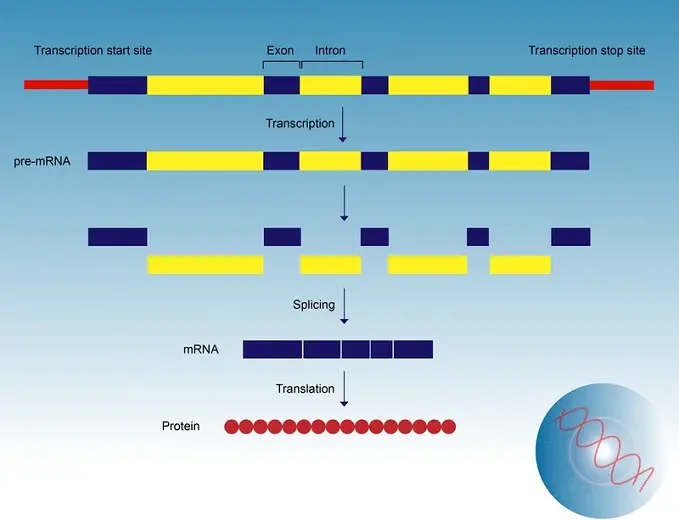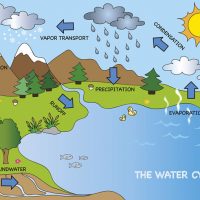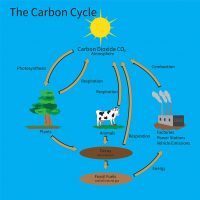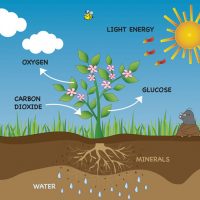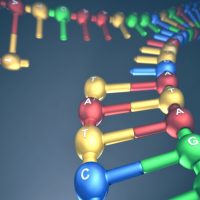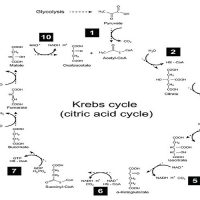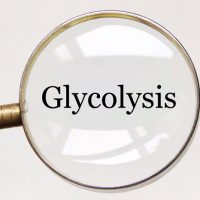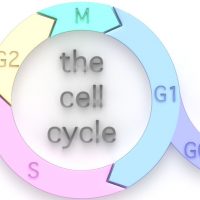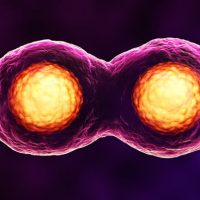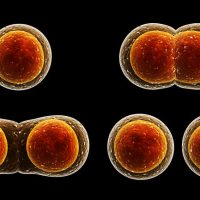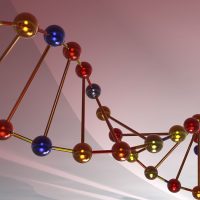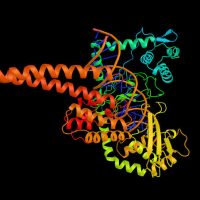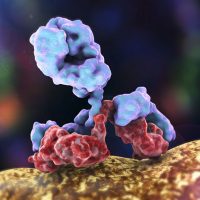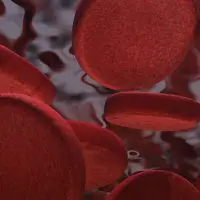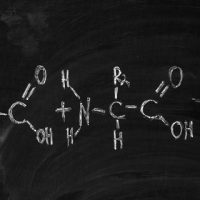What is transcription?
Libraries often have large reference books that can’t be taken out of the library – they hold a vast amount of information, of which you only need a small portion. So, you make a photocopy of the needed information and take THAT home instead. This is the idea behind protein transcription. Cellular DNA cannot leave the nucleus (for fear of damage, lack of efficiency, and getting it back into the nucleus). So, the cell makes a copy of the information it needs to make a protein in the form of a single-stranded nucleic acid called messenger RNA, or mRNA, that can leave the nucleus.
RNA is very similar to DNA, with a few distinctions. While DNA contains information in its sequence of bases adenine, thymine, cytosine, and guanine, RNA uses a base called uracil in place of thymine. RNA’s chemical structure contains a sugar called ribose (DNA uses deoxyribose), and RNA is usually single-stranded. Strands of mRNA are smaller and easier to manage, which makes them ideal for sending copies of genes out into the cell.
Where does transcription occur?
Transcription takes place in the cell’s nucleus and starts when an enzyme called RNA polymerase binds to the section of DNA it needs and opens the double helix. RNA polymerase binds at an area called the promoter, which is a found a short distance “upstream” from the gene itself. The promoter sequence is found on one strand only – this indicates not only where to start transcribing but also which strand of DNA to use.
Where does transcription occur?
Transcription takes place in the cell’s nucleus.
RNA polymerase starts to build a strand of mRNA using the DNA as a template. Thus, the DNA strand being used is called the template strand and the strand not used is called the coding strand (which contains the gene itself). The mRNA is made using complementary base pairing. As the DNA strand is unwound and its bases exposed, the corresponding RNA base is put in place by RNA polymerase. Adenine always pairs with thymine (or uracil, in the case of RNA), and cytosine always pairs with guanine. So, if the DNA template strand says A T C G A T C G, the RNA will read U A G C U A G C.
RNA polymerase continues to build the strand of mRNA until it finds a terminator sequence at the end of the gene. The enzyme then leaves the DNA strand, and is now free to transcribe another gene.
Some mRNA strands need modifications before they can leave the nucleus: 1) a “cap” is put on one end, 2) a string of about 200 adenines is added to other end, and 3) junk sequences, called introns, are removed. Once these modifications are complete, the mRNA is ready to head out into the cell for translation.
There is no spell-check or quality control so many errors do occur. However, mRNA and the proteins that are made from them are easily broken down and remade if they are incorrect the first time.

